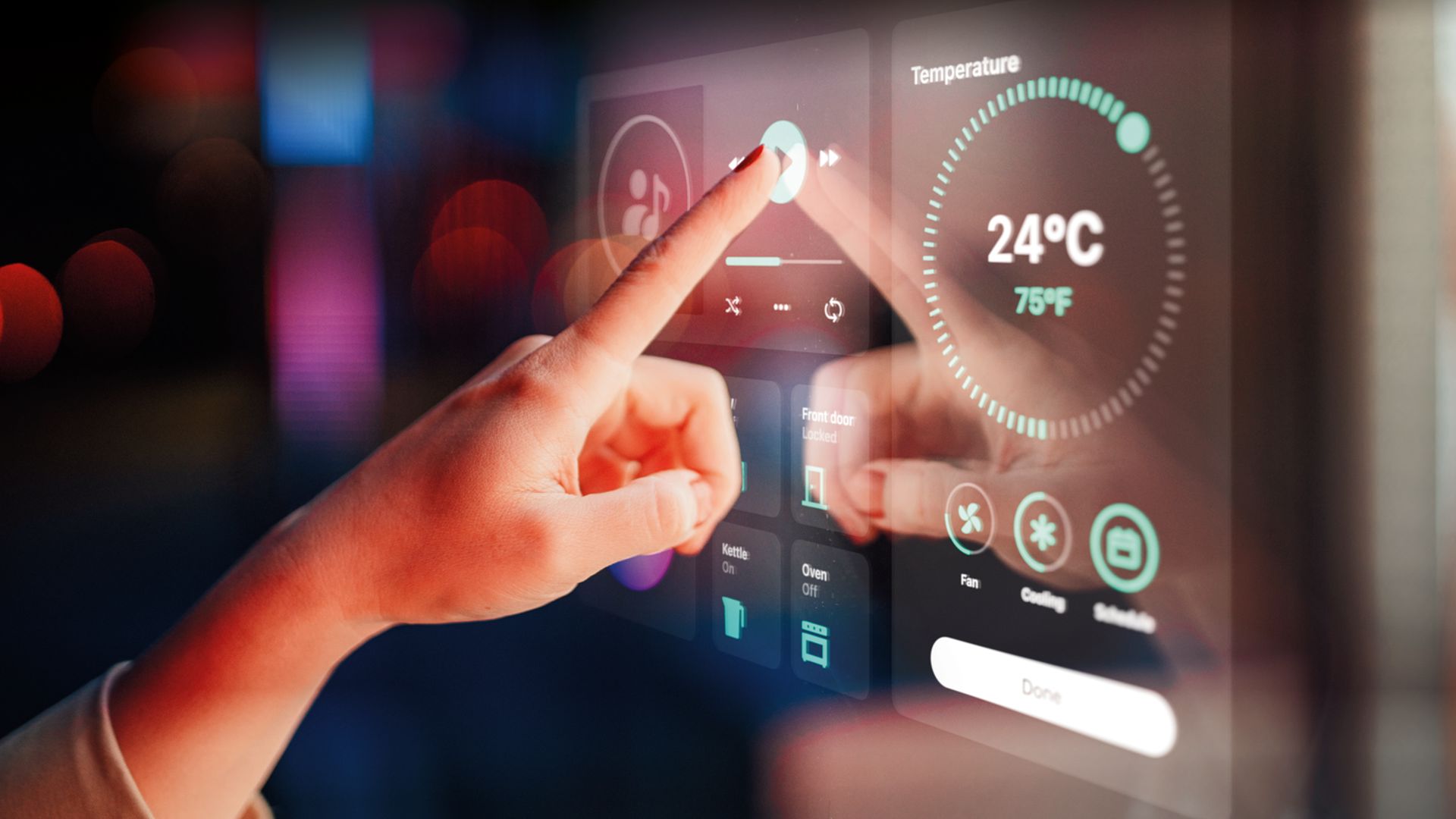Key area: Climate impact
We have set science-based targets to reduce our greenhouse gas emissions in alignment with the Paris Climate Agreement.

To combat climate change and achieve the goals of the Paris Agreement, the world’s greenhouse gas emissions must decrease by 50 percent by 2030 and be reduced to zero by 2050. Mycronic is committed to contribute to achieving these reductions. As a part of our purpose to "Bring tomorrow’s electronics to life", we have set science-based targets to reduce greenhouse gas emissions in line with the goals of the Paris Agreement. Our science-based targets were approved in June 2024, and replace our previously communicated climate goal.
Our science-based targets
Mycronic has set two near-term targets from the base year 2022 and until 2030. Near-term means that the target is set so it can be reached within the next five to ten years.
· Mycronic commits to reduce absolute scope 1 and 2 GHG emissions 56% by 2030 from a 2022 base year*.
· Mycronic also commits to reduce scope 3 GHG emissions from use of sold products 52% per SEK value added within the same timeframe*.
The first target includes emissions from our own facilities and company-owned cars. The second covers emissions that arise from electricity usage when our machines operate at customers' sites. This is a relative target, for which gross profit (SEK) is the denominator. Read more about work to reduce climate impact from products (Scope 3) under “Key area: Innovation for sustainability”.
*The target boundary includes land-related emissions and removals from bioenergy feedstocks.
Reducing climate impact from our facilities (Scope 1 and 2)
At our sites, we focus efforts on reducing energy consumption from manufacturing processes, heating, lighting, and air conditioning systems. We also work to reduce our dependency on fossil fuels for example by phasing out heating oil, installing solar cells and purchasing electricity from renewable sources.
Reducing climate impact in our value chain (Scope 3)
Mycronic’s activities also cause emissions in the value chain. These include for example emissions from transportation of goods and from business travel.
Emissions caused by the transport of our products and equipment are primarily due to air freight. Consequently, we are working to increase our use of sea and rail freight and we are looking into options to use sustainable aviation fuel (SAF) when air freight is necessary. We also continue to review ways to shortening distances and reducing the transportation need. To progress in this area, close collaboration with our freight forwarders will be key.
We seek to reduce business travel by air where possible, replacing flights with digital alternatives for business meetings and service. Other measures to reduce business travel include opening local sales and service offices that reduce reliance on long-haul flights.
Climate impact in the value chain also includes emissions from the use of our products and from materials that we purchase. Read more about our work in these areas in Key area: Innovation for sustainability.
Environmental and quality management
Mycronic has environmental management systems, policies and instructions in place throughout the company. These cover all of our material environmental impacts, such as energy consumption, management of chemicals, and waste generation. Mycronic’s sites in Sweden (Mycronic AB) and China (Shenzhen Axxon Automation Co., Ltd) are certified to ISO 9001 (Quality) and ISO 14001 (Environment) standards.
Read more Key area: Innovation for sustainability Strategy Environmental, Quality and Health & Safety Certificates Annual and Sustainability Report
Read more
Key area: Innovation for sustainability